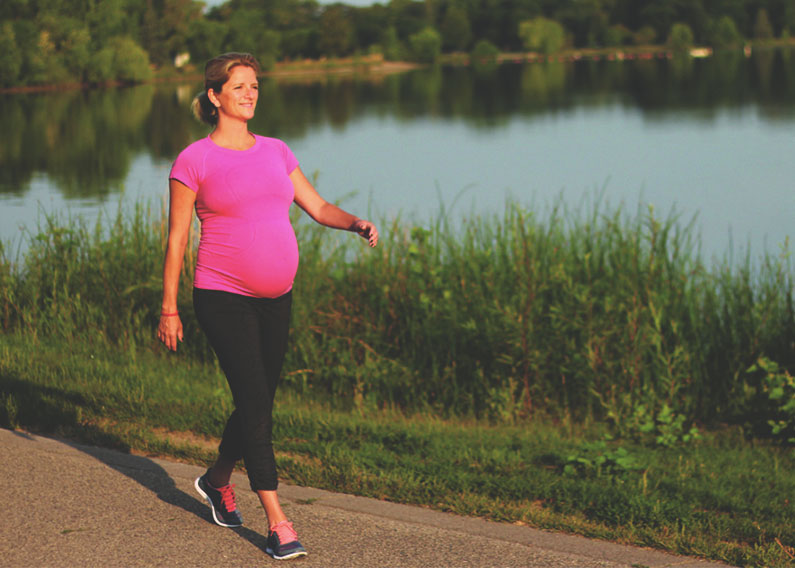Pelvic pain can be one sign of pelvic imbalance. (A painless pelvis is not proof of balance, however. we have to look at a combination of body signals.)
Pelvic pain can show up as pain in the hips, tailbone, pubic bone, round ligaments, and SI joints. Treating the cause of the pain often solves the fetal malposition as well, since the baby can often slip into an improved—or even optimal—fetal position.
Over the years, women have contacted me about pain or significant discomfort somewhere in the pelvis and/or lower back. When some muscles are loose and other muscles are very tight, it puts the pelvis off balance. The relaxing effects of pregnancy hormones, along with the added weight and shift in balance, cause such an imbalance to flare up in mid to late pregnancy.
Imbalance can also lead to malposition, or an awkward position, for the baby. A baby can’t aim their head evenly into the pelvis. Babies get into the best position they can with the space they have, and an imbalance reduces the amount of space available. The baby may tilt the head or aim it forward to combat the challenge of lining up with a wobbly pelvis.
Addressing pelvic pain may help with comfort today and ease the upcoming birth. Some answers to pelvic pain can be addressed by a variety of simple modalities and exercises:
 Stand evenly on your feet.
Stand evenly on your feet.
Daily repetition of the ball squeeze seen on our Daily Activities page. When sitting on a chair, put a small ball (almost too big to grip in your hand without dropping it) in between your knees. Squeeze and release the ball with your knees in rhythm with your breath. Repeat 5-10 times.
Move the ball between your thighs and repeat the squeeze pattern. Make sure you are sitting on the front of your sitz bones, with your back lifted and your shoulders open. Lower your chin down a bit, but keep the back of your head high.
Repeat during each meal time, either after eating or while waiting to be served (but not while actually eating). Don’t squeeze too hard, but just enough for a firm press.
The Forward-leaning Inversion, standing sacral release, and pelvic floor (Side-lying Release) learned from Carol Phillips, DC, have given amazing results, relief, and even resolution from pain. These are good to combine with chiropractic work if desired, or if one or the other modality isn’t “holding.”
Pelvic pain may be a sign of a twist in your SI joints, tension in your psoas, piriformis muscles, or other origins of imbalance. This may or may not be a big deal in labor.
Pelvic instability issues do flare up in pregnancy. Address this pain now with self-care and bodywork. It gets worse when you don’t do daily activities and are sedentary because of being out of alignment.
This doesn’t have to be your life. You can develop a happy memory around finding freedom from pain in pregnancy. Learning the causes and solutions for pain from imbalance will help you maintain good health and balance for a lifetime.
Pain is the teacher and balance is the A student who exceeds with mobility, fuller range of motion, and ease.
For additional education to even further enhance your pregnancy and labor preparation, shop our extensive collection of digital downloads, videos, DVDs, workbooks, and more.